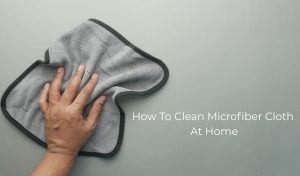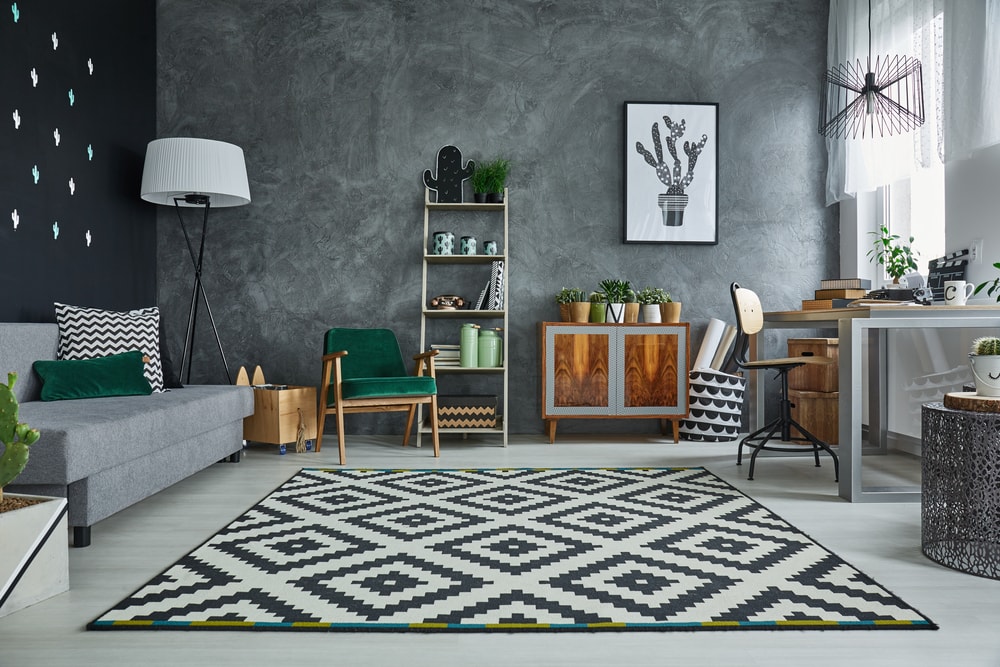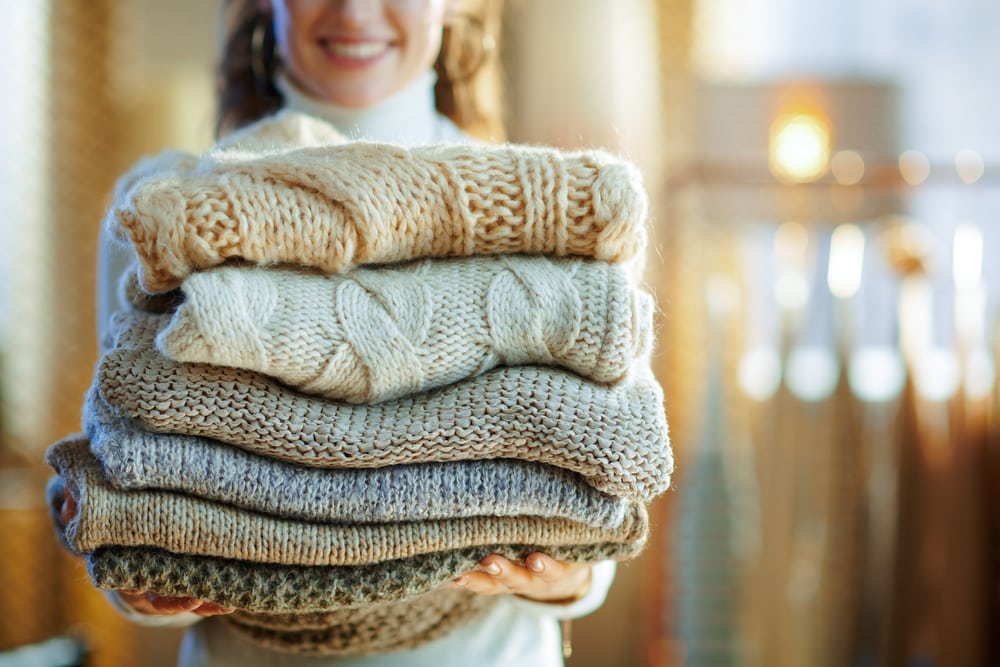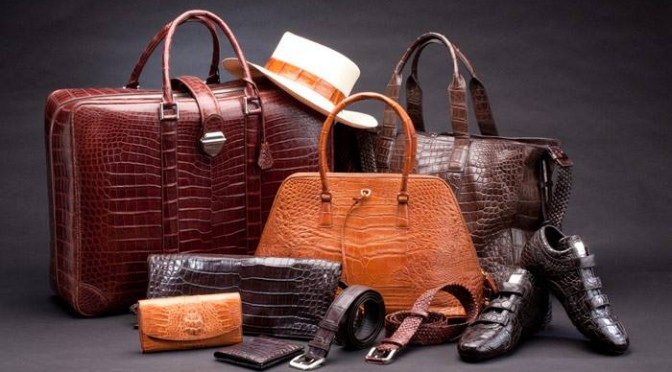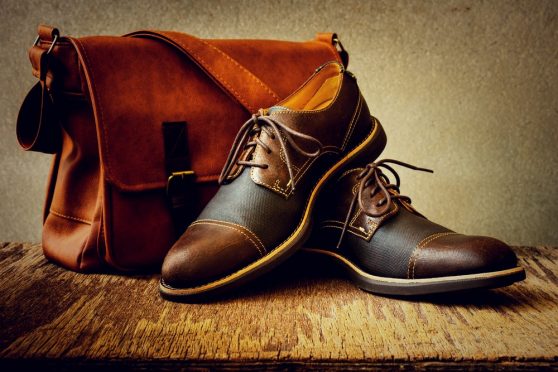Many people end up losing their favorite garment...
Read More
Table of Contents
From getting cotton sarees online to ironing them online, we came far away from those traditional shopping, washing, and ironing. Coming back to cotton sarees, they are an all-time favorite for every woman, especially in summer, as cotton sarees provide ultimate comfort during summer, but when it comes to washing and ironing a simple cotton saree, it becomes a bit tough as it requires attention and proper care.
How to Iron Cotton Sarees at Home?
Before moving to ironing cotton sarees, it is also important to know, “how to wash pure cotton sarees at home?”:
Step 1: Check for Color Fastness
- Why: Some cotton sarees bleed color.
- How: Dip a corner of the saree in cold water and see if the color runs.
- If it does, add salt or vinegar to the water during washing to minimize bleeding.
Step 2: Pre-Soak Gently (Optional)
- Soak the saree in cold water for 10–15 minutes.
- This loosens dirt and reduces the need for harsh scrubbing.
Step 3: Use Mild Detergent
- Use a gentle, liquid detergent or a detergent made for delicate fabrics.
- Avoid strong detergents and bleach, they can ruin the fabric and colors.
Step 4: Hand Wash Only
- Gently rub only the soiled parts like the borders, pallu, and ends.
- Do not scrub or twist the fabric.
- Rinse in cold water 2–3 times until all detergent is gone.
Step 5: Don’t Wring a Pure Cotton Saree
- Avoid wringing to maintain the saree’s shape and fiber strength.
- Instead, gently squeeze out water with your hands.
Step 6: Dry in Shade
- Hang your saree, especially a pure cotton saree, in a shaded area away from direct sunlight to prevent color fading.
- Use a padded hanger or spread the saree on a clean towel.
Step 7: Iron While Slightly Damp
- Iron the saree when it’s just a little damp.
- Use a medium to low heat setting for cotton.
- For starched sarees, a steam iron works best.
Get spotless clothes at your doorstep!
Why Ironing Cotton Sarees Properly Is Important?
Before we dive into the steps, let’s understand why ironing matters so much for cotton sarees:
- Maintains fabric structure and avoids unwanted creases.
- Enhances appearance and makes the saree look presentable and polished.
- Prepares the saree for draping—smooth fabric is easier to pleat and style.
Increases fabric life by preventing fiber breakage from crumpling.
Prepping for Cotton Saree Ironing
- Wash Properly First
- Iron only after the saree has been freshly washed and dried.
- Avoid letting cotton sarees sit crumpled after washing.
- Dry Correctly
- Hang the saree to dry in a straight line to reduce wrinkles.
- Avoid direct sunlight, which can fade the colors.
- Slightly damp sarees are easier to iron.
- Choose a Suitable Surface
- Use a flat, clean ironing board or a heat-safe table with a thick cotton cloth on top.
- The surface must be wide enough to spread out parts of the saree comfortably.
Get Shiny and spotless clothes at home
What You’ll Need
Item
Steam or dry iron-Essential for pressing the cotton
Spray bottle-For re-dampening dry areas
Starch (optional)-Adds crispness
Clean cotton cloth (pressing cloth)-For delicate or embroidered areas
How to Iron Cotton Sarees at Home?
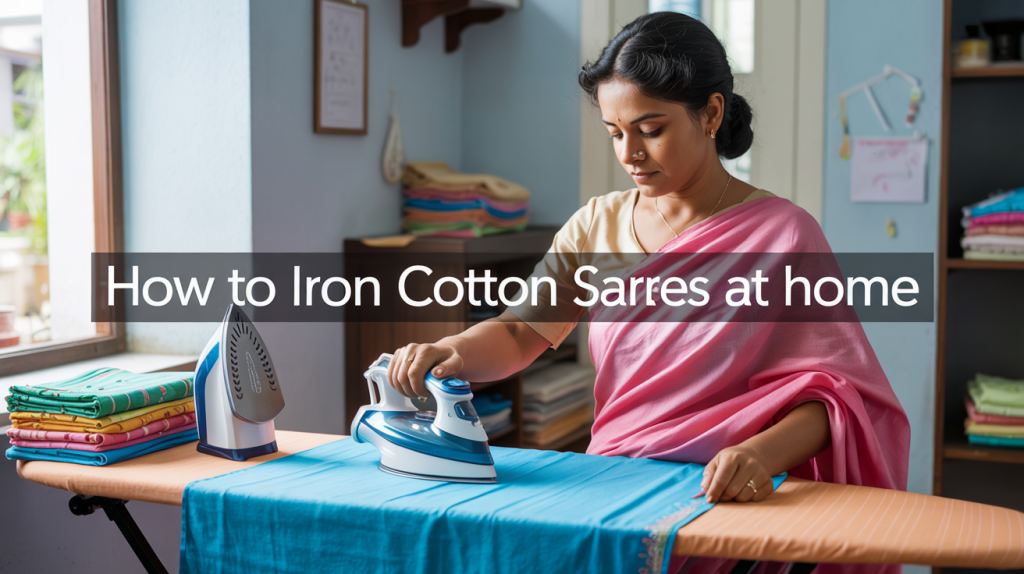
Step 1: Set the Right Temperature
- Set the iron to “Cotton” mode or around 180–200°C.
- If you’re using a steam iron, make sure the steam function is active.
- Let the iron fully heat up before you begin.
Step 2: Start with the Pallu
- Lay the pallu flat on the board.
- If it has embroidery or delicate prints, place a pressing cloth over it.
- Iron in one direction only—avoid back-and-forth strokes that can stretch fabric.
Step 3: Iron the Pleats Area
- Move to the section that forms the pleats (typically around 1–2 feet from the pallu).
- Use the spray bottle to lightly mist this area.
- Press with firm but gentle motion from top to bottom.
- You can pre-fold the pleats and iron them in stack for a crisp look.
Step 4: Move to the Body
- Divide the saree’s body into sections and iron one part at a time.
- Smooth it out with your hands before each press to remove folds.
- Do not rush, folding or rushing can create more wrinkles.
Step 5: Iron the Borders
- Cotton sarees often have thicker, stiffer borders.
- Pay extra attention to them to ensure even pressing.
- Use the edge of the iron and press slowly along the border lines.
Step 6: Add Starch (Optional)
- If you like a stiff, crisp saree, spray liquid starch diluted in water before ironing.
- This is best done when the saree is slightly damp.
- Once starched and ironed, the saree holds pleats better while draping.
Step 7: Let It Cool Flat
- After ironing, lay the saree flat or hang it up immediately.
- Avoid folding warm fabric as it may cause fresh creases.
Flat 20% off on 1st order-
schedule free pick up
Pro Tips for Better Results
- Iron when slightly damp: It makes it easier to remove wrinkles and you avoid burning the fabric.
- Avoid ironing over embellishments: Use a cloth or iron around them.
- Don’t iron in circles: Always move the iron in a straight line.
- Use starch sparingly: Too much can make the fabric feel stiff and prone to cracks.
- Fold your saree neatly, whether you have a plain cotton saree or embroidered one after ironing to preserve the press.
Common Mistakes You Avoid
Mistake | Why It’s Bad |
Using very high heat | Can burn the cotton and leave shine marks |
Ironing dry saree | Tougher to remove wrinkles, may cause damage |
Not checking the iron plate | Dirt or residue can stain your saree |
Ironing over zippers/hooks | Can damage the iron and the fabric |
Ignoring embroidery | Pressing directly can flatten or damage delicate work |
How to Maintain the Crisp Look Post-Ironing?
- Store the saree folded neatly, use cotton covers or muslin cloth to wrap.
- Avoid stacking under heavy clothes to prevent deep creases.
- If re-ironing is needed before wearing, just press the pallu and pleat area.
Conclusion
Saree ironing at home might seem like a challenge, but with a little practice and care, it can actually become a soothing ritual. The crisp folds, the smooth drape, and the freshly pressed look can elevate your outfit and confidence in no time.
So, the next time you take out that wrinkled cotton saree, don’t worry, just follow this guide, and you’ll get a professional finish right at home.
FAQs: How to iron cotton sarees at home
Firstly, set the right temperature and start ironing with the pallu, then move to the pleats areas, and lastly, iron the border of your cotton saree.
Yes, you can iron directly on cotton fabrics, however, saree ironing should be done with precaution.
To avoid burning while saree ironing, you should always set the medium heat settings. Also, you can place a thin cotton cloth over the cotton saree to protect delicate embroidery.
Always handwash your plain cotton saree, and try not to wash them too often. Before washing, soak your cotton sarees in salt water for 5 to 10 minutes.
Disclaimer: The opinions expressed in this article are those of the author. They do not necessarily purport to reflect the values or views of Tumbledry.
Best Ways to Use Vitamin C in Laundry
Don't let stains ruin your favorite clothes! Ever...
Read MoreHow to Keep Your Sweaters Soft and Fluffy:
Buying blazer for boys is not a cake...
Read MoreHow To Remove Slime From Clothes
Playing with slime is among the favorite activity...
Read MoreHow To Clean Microfiber Cloth At Home
We all know that microfiber clothes are very...
Read More10 Best Traditional Engagement Dress For Couples In
Wedding season is not so far and people...
Read MoreTop 30 Best Women Clothing Brands In India
Want to explore top 30 women clothing brands...
Read MoreHow To Remove Permanent Marker From Clothes?
There are many times when we get a...
Read MoreBest Shoes For Walking: Expert Tips For Long
Step into comfort and durability! Discover the best...
Read MoreBest Clothing Brands For Men
want to explore the best clothes brands for...
Read More




